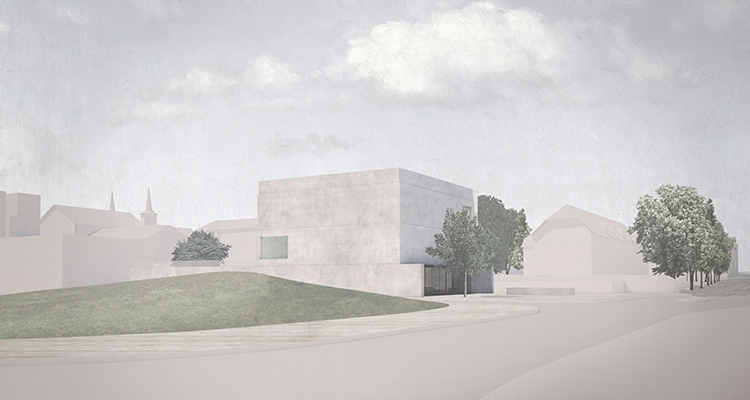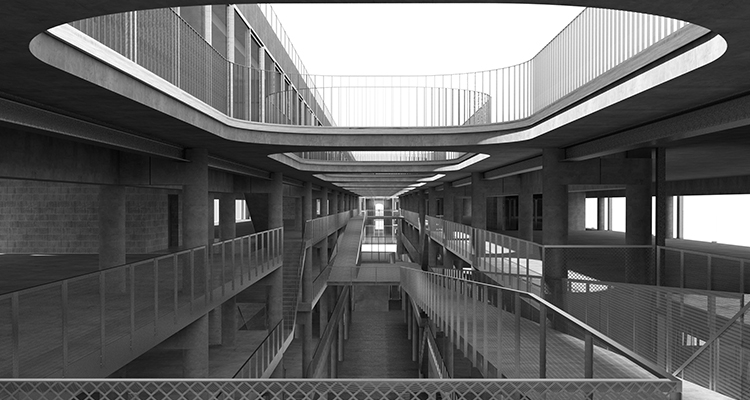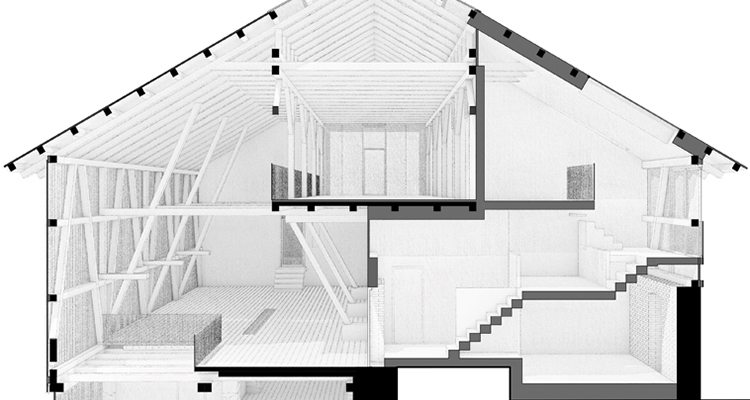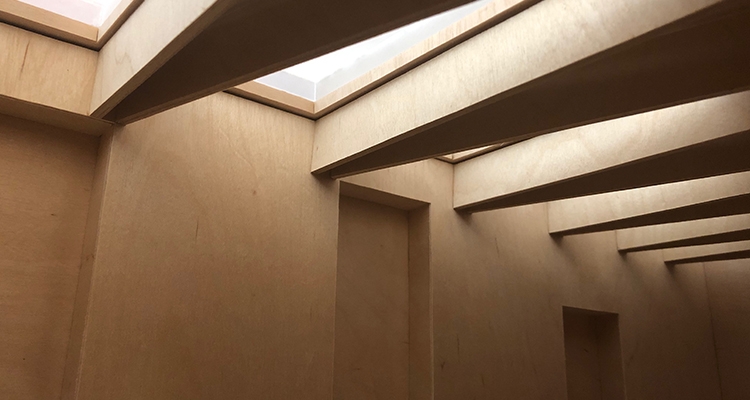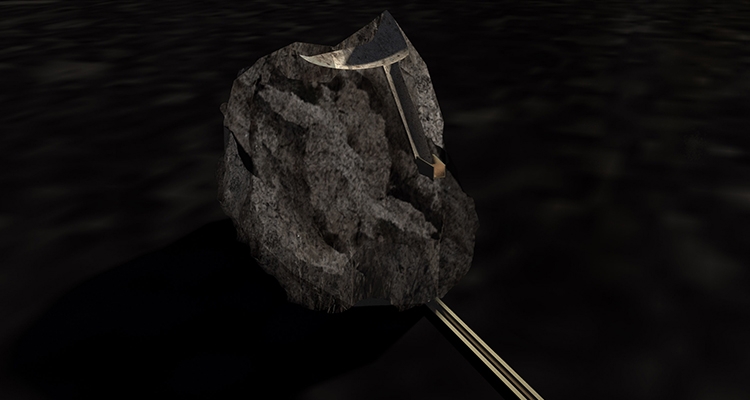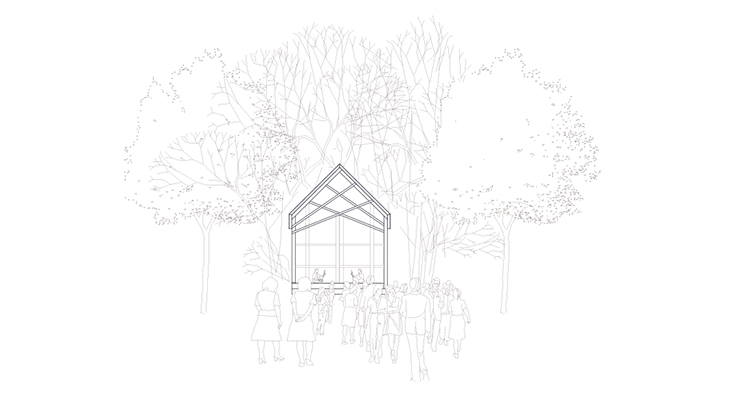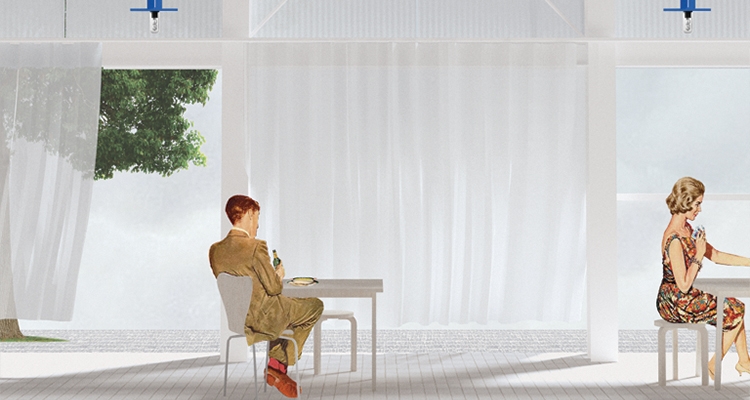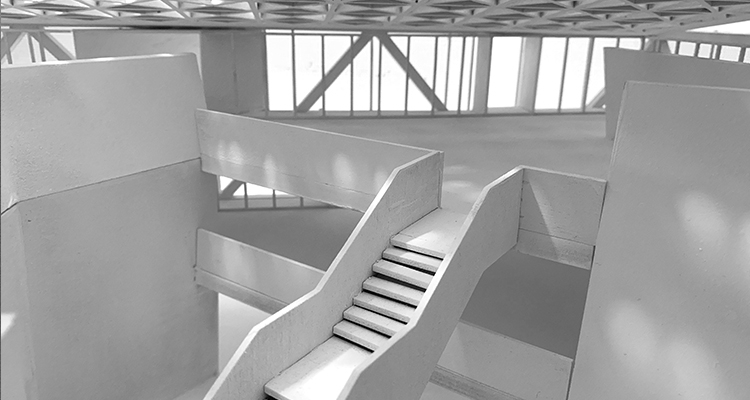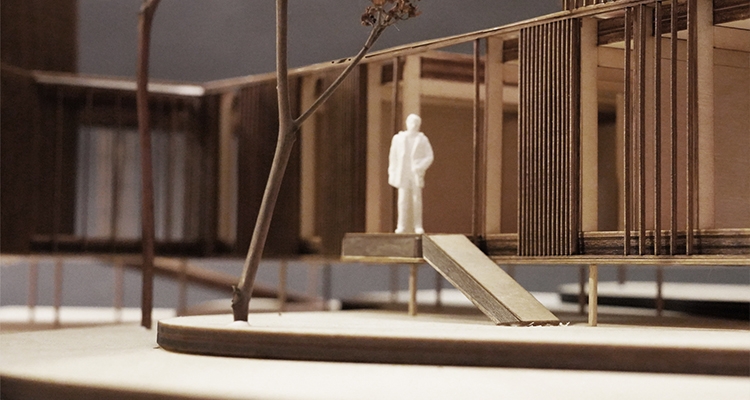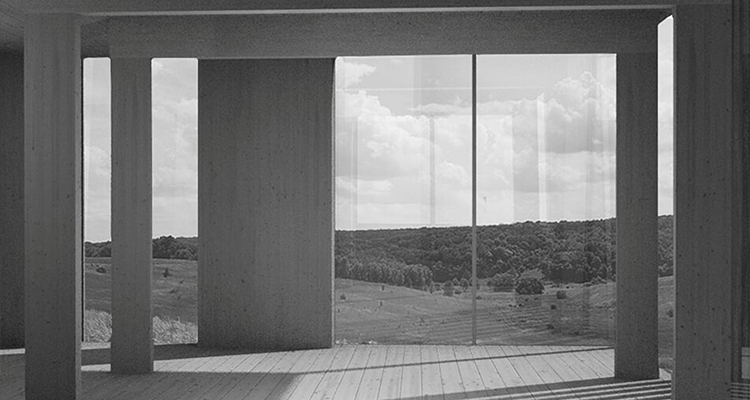The project is a museum for acoustical instruments. It offers an architectural walk through a series of varied exhibition spaces that exist within a unifying construction.
Diplomprosjekt
My proposal for Galleri Oslo presents the case for its preservation as a new and authentic public interior for the city.
Taking as a premise the relocation of its bus terminal presents us with an opportunity to reconsider its function as a public building and its performance in relation to its context.
Analyzing its determining features and structural logic, new spatial relationships are explored and proposed for the sake of a public interior catering to the affairs of public life, while recognizing the specific circumstances of its local context.
Taking as a premise the relocation of its bus terminal presents us with an opportunity to reconsider its function as a public building and its performance in relation to its context.
Analyzing its determining features and structural logic, new spatial relationships are explored and proposed for the sake of a public interior catering to the affairs of public life, while recognizing the specific circumstances of its local context.
The unity barn is a building typology in Norway, which was introduced around 1850. This red production building is still a symbol of the countryside, but its characteristics lies first and foremost in a skeletal construction system that radically differs from the previous log-based houses. Today there are approximately 100.000 empty unity barns in Norway due to changes in the agricultural production.
This project aims at understanding and exploring the unity barn through an architectural proposal.
This project aims at understanding and exploring the unity barn through an architectural proposal.
The deaf church is an important part of the deaf community in Norway. A place for deaf and hearing impaired with their families to meet each other.
Only three of the eight deaf churches are designed specifically as deaf churches, the newest one built in 1989. A lot has changed since then, and it’s important that deaf and hearing impaired have a place to gather that is designed for their need.
Only three of the eight deaf churches are designed specifically as deaf churches, the newest one built in 1989. A lot has changed since then, and it’s important that deaf and hearing impaired have a place to gather that is designed for their need.
The project approaches architecture through readings of physical, cultural and historical traces. Combined, they lay grounds for how to position and produce a contemporary architectural and urban vocabulary of Bodø. The positioning is not about imitating a past or that which disappeared during the bombing of World War 2, but rather including the context and being something of its own. An architecture grounded in its place, and at the same time having its own identity.
The project is located in Belgrade, Serbia, in the municipality of New Belgrade. The essence of this project is to explore the notion of monumentality investigating the spatial qualities of public space.
A museum for Anne Cath. Vestly´s work, where Bøler is the museum.
To walk around Bøler is like a trip into Anne Cath. Vestly ́s world. The urban life mixed with nature is just like she describes Tiriltoppen.
To walk around Bøler is like a trip into Anne Cath. Vestly ́s world. The urban life mixed with nature is just like she describes Tiriltoppen.
The projects main goal is to explore the architectural potensial for a food hall in Bergen. An additional goal has been to investigate a type of ”adaptability” that concerns a buildings ability to deal with time. The exploration of this have influenced us to develop a mindset.
Inspired by the concept of parallax, the architectural program of this project is a result of spatial investigations relating to the overlapping themes of sight-lines and movement, with the intention to arrive at a structure with extended sensual borders, a space with the capacity to interact with the surroundings beyond its own limits.
Housing prices are escalating and while the quality of dwellings and their environment are reduced young people and families are looking for alternatives.
Municipalities within daily commuting distance to Oslo are looking for ways to provide these attractive housing solutions.
Closeness to nature and agriculture should be combined with access to flexible working and living conditions, a good childhood environment and cultural and commercial offers.
Municipalities within daily commuting distance to Oslo are looking for ways to provide these attractive housing solutions.
Closeness to nature and agriculture should be combined with access to flexible working and living conditions, a good childhood environment and cultural and commercial offers.
